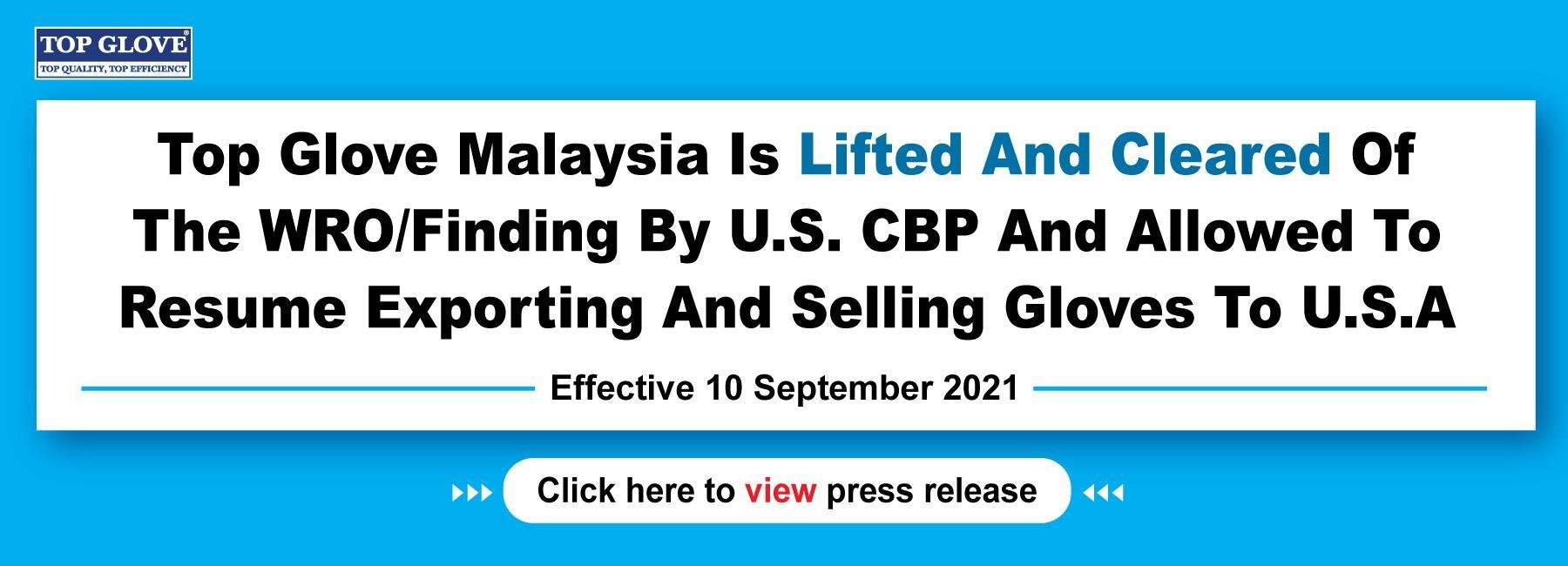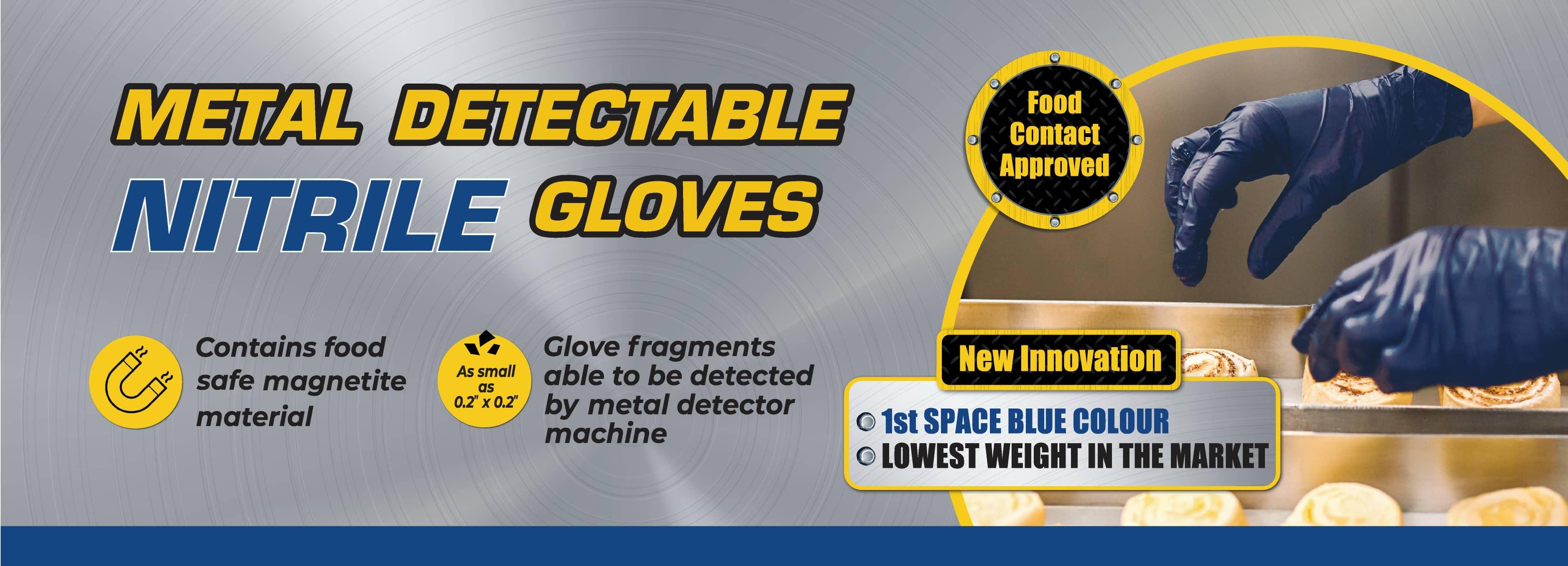TOP GLOVE STAYING ON TOP OF ITS GAME - BUSINESS CIRCLE
16 June 2015 / 12:06
Top Glove Corporation Berhad, which now commands a quarter of the global market share in its industry, is aiming even higher to entrench its top position as the number one producer of rubber gloves.
With plans to increase its current production capacity of 44.6 billion pieces of gloves per year, Top Glove hopes to grow its global market share to 30% with a capacity of 52.2 billion pieces by 2020.
Tan Sri Lim Wee ChaiOne of Malaysia’s most successful companies, Top Glove founder and chairman Tan Sri Lim Wee Chai (pic) is confident that the company will continue to grow as rubber gloves is a highly resilient sector which is generally immune to economic uncertainty.
He noted that the rubber glove is an indispensable item in the healthcare sector as it is used as a protective barrier, with demand likely to grow alongside higher hygiene standards and healthcare awareness.
“Our global position is getting bigger as we seize opportunities in developed countries where demand is consistently high,” Lim told investors at the recent Invest Malaysia 2015 in Kuala Lumpur. “Usage is also expanding to the non-medical sector which is rapidly expanding.”
“Rubber gloves is in high demand due to the growing ageing population as the elderly are more susceptible to high-risk diseases,” he said.
“They are also increasingly necessary to meet the progressively stringent health regulations in the US, China, European Union and Brazil, especially with the emergence of new threats such as SARS, bird flu, Ebola, bio-terrorism and anthrax.”
Lim said the average usage of rubber gloves is currently 22.9 pieces for every person in the world’s estimated seven billion people. Emerging economies hold the greatest potential for growth in market share as rubber gloves are still underused there compared to the wide usage in developed nations.
To meet the expected growth in demand, Lim said Top Glove will boost nitrile capacity to produce synthetic rubber gloves. It also aims to build faster, more efficient and technologically advanced production lines by increasing automation throughout the manufacturing process.
The outlook is, however, not without challenges given the constant fluctuation in raw material prices due to uncertain weather patterns, the ups and downs of crude oil prices, and competition with other products.
Currency exchange is a major challenge as the majority of its sales are in the US dollar, exacerbated by a time lag in passing the difference to customers when the US dollar weakens sharply. Raw material cost, logistics and inflation are also impacted by speculation in the crude oil price fluctuation.
To face these challenges, Lim said Top Glove aims to produce consistently high-quality goods efficiently at a low cost. Its investment direction is to earn two healthy dollars from every investment of an efficient dollar.
By using technology to further automate the production line to reduce the number of workers, improve quality and efficiency, and by computerising the whole of the company’s operations and manufacturing, it aims to capture growth in emerging markets and a 30% global market share by 2020.
To align with market demand, the company is looking to strike a balanced ratio between natural and synthetic rubber gloves. The natural rubber gloves will cater to the emerging markets while nitrile gloves are aimed at developed markets.
Top Glove is also planning to further diversify its product range to fulfil demand in different market segments, with healthcare making up 80% of its range and the remaining 20% in the non-healthcare sector.



-cropped.jpg)



.jpg)
 (1).jpg)

.png)
.png)
.png)

.png)
.png)
.png)





